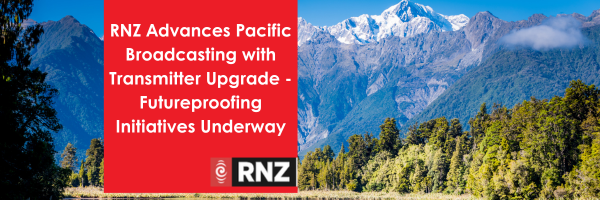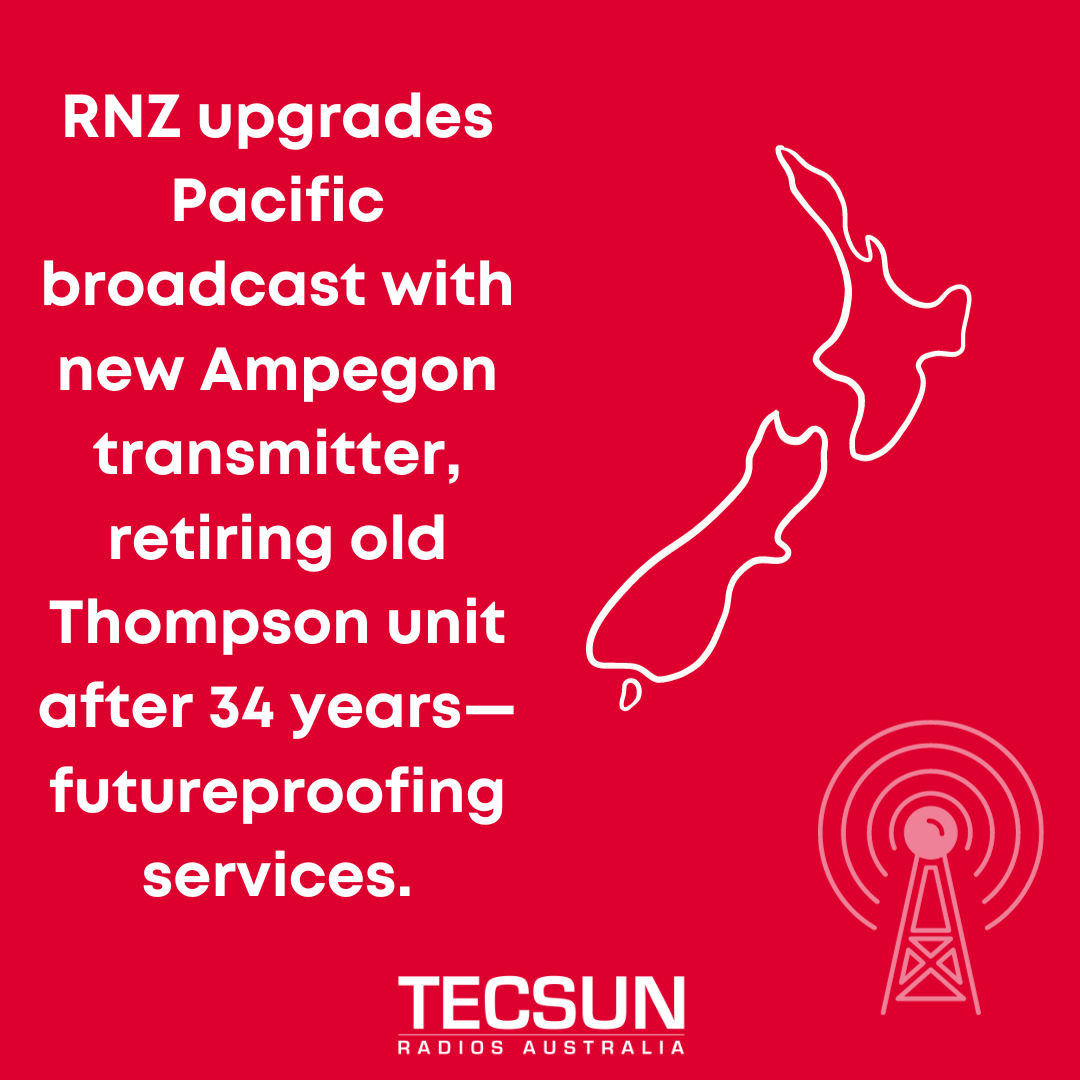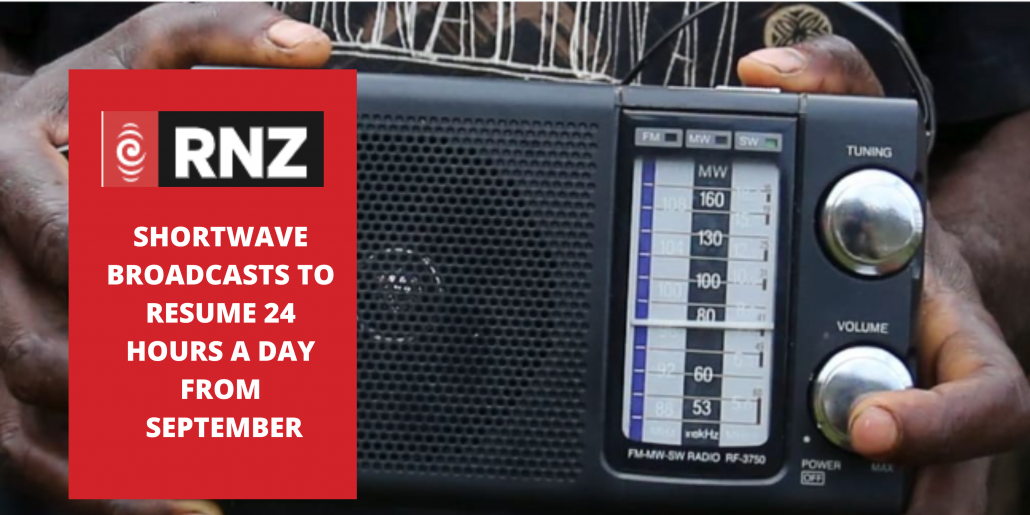
In a strategic move towards enhancing broadcasting capabilities in the Pacific region, Radio New Zealand (RNZ) has bid farewell to its long-serving 34-year-old shortwave Thompson transmitter, colloquially known as “Transmitter 1.” This transmitter, one of two facilitating analogue and digital radio broadcasts to the Pacific, has been powered down for the last time in preparation for the installation of a cutting-edge Swiss-made Ampegon shortwave transmitter at RNZ’s Rangitaiki site.
This undertaking represents a significant milestone for RNZ, which has relied on shortwave radio for the past 75 years to disseminate broadcasts across the vast Pacific. The replacement of the aging Transmitter 1 signifies a pivotal step in the futureproofing of RNZ’s service.

Installed just outside of Taupō in 1989, Transmitter 1, a 100-kilowatt Thompson unit, played a crucial role during the Commonwealth Games in Auckland in 1990. However, with the challenges posed by obsolete parts and the transmitter’s exclusive capability for analogue transmission, its replacement became imperative.
The forthcoming Ampegon shortwave transmitter, capable of both digital and analogue transmission, is en route to New Zealand after being meticulously crafted at Ampegon’s factory in Switzerland. Yet, before the new transmitter can be operational, Transmitter 1 must undergo decommissioning, with salvageable parts reserved for future use.
RNZ’s Transmission Engineer Specialist, Steve White, acknowledged the complexities of the switchover, highlighting the need to dismantle Transmitter 1 integrated into the existing building. White explained, “It will take around four weeks to completely dismantle Transmitter 1… We need to isolate the transmitter from the main switchboard, as well as drain the fluids that help cool the transmitter before breaking it into parts.”
The installation of the Ampegon transmitter is anticipated to commence in January, with an estimated six weeks for installation, six weeks for commissioning, and additional time for training. The operational date for the new transmitter is projected to be 1 May 2024.
Once Transmitter 1 is replaced, RNZ will boast two transmitters capable of both analogue and digital transmissions, ensuring a robust backup system in case of technical issues.
In the interim, RNZ Pacific Manager Moera Tuilaepa-Taylor assured that alternative means of accessing RNZ content would be communicated to all Pacific partners. While the analogue service experiences a reduction during the transition period, RNZ content can still be accessed via satellite, downloads, or livestreaming through the official website.
RNZ Chief Executive and Editor in Chief, Paul Thompson, emphasized the indispensable role RNZ plays in the Pacific region, providing critical information during events such as the Tonga eruption when undersea cables were severed. Recognizing its significance, the Government allocated $4.4 million in capital funding for a new transmitter for RNZ Pacific as part of Budget 2022, reaffirming its commitment to the international service provided by RNZ in both English and Pacific languages.



